

Project: Niyang River Visitor Centre
Designed by Standardarchitecture – Zhao Yang Studio
Client: tibet tourism ltd.
Floor Area: 430 sqm
Location: daze village Linzhi, Tibet
Website: www.standardarchitecture.cn
Complimenting the impressive location on Tibet's Niyang River architects at Standardarchitecture and Zhao Yang Studio create a 430 square meter visitor centre. For more images and architects description continue after the jump:
From the Architects:
Mirui Road is a tourist road that meets Highway 318 connecting Tibet and Sichuan province. This road meanders southwards along the Niyang River. Within this 20km distance to the Brahmaptra Canyon, the specific terrain and landscape of Niyang River can be enjoyed from the road. Daze Village was chosen to be the entrance to this tourist attraction. There is little land left for further development in this village, therefore the river beach along the road was the only choice for the site of a tourist center.
The road separates the river beach from the nearby mountain. How to establish relationships between an isolated building and its surroundings is the main concern of our design. The building's exterior boundary is a response to the border conditions. The inner public space is "carved" out from the irregular-shaped volume. The central courtyard connects four openings, responding to the orientations and circulation. The left over mass after "carving" accommodates three major interior functions?a ticket office, a dressing room for rafting and toilets. This seemingly arbitrary plan is actually shaped by circulation, program and site conditions. The geometric character of the volume and space forms a dialogue with the surrounding landscape.
The construction of this building adopted and developed the techniques of the Tibetan vernacular. On top of the concrete foundation a 600mm thick load-bearing wall is erected. Most openings have deep recessions. The 400mm thick walls at both sides of the openings work as buttresses, increasing the overall structural stability and reducing the interior span as well. Beams for bigger spans are made from several small logs bonded together. A 150mm thick layer of Aga clay covers the waterproof membrane. Aga clay is a vernacular waterproofing material. It stiffens when tampered with water and works as another layer of waterproofing and heat insulation. Its plasticity allows gutters to be shaped. Roof drainage is well organized with these gutters and channel steel scuppers.
Color is a crucial element of Tibetan visual culture. After several experiments we decided to paint the stone walls as white as the Potala Palace. The pure white color enhances the geometric transition of space. From morning to dusk, the sunshine changes its direction and altitude angle, penetrating through the different openings. When passing through the building, people perceive the spatial drama at different time. The building successfully maintains its humble essence at the same time passing out a strong sense of contemporariness.


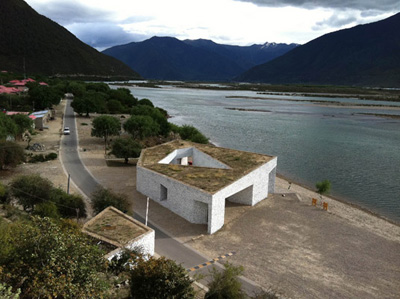
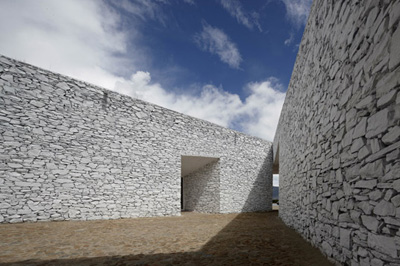
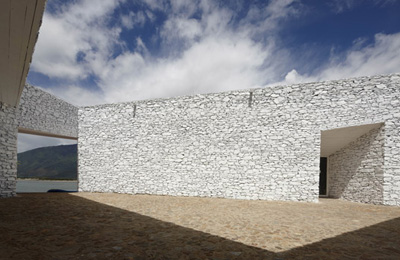
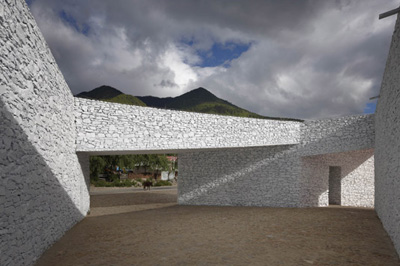
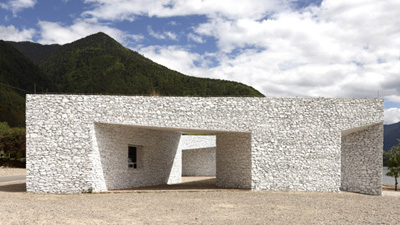
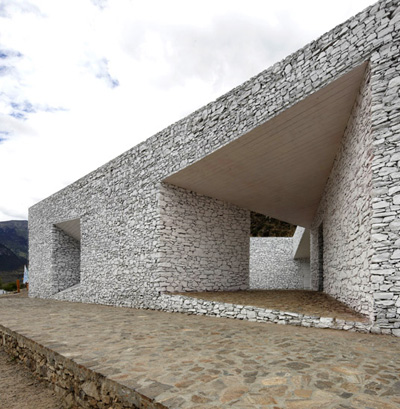
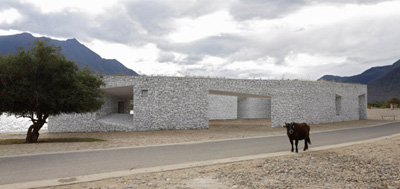
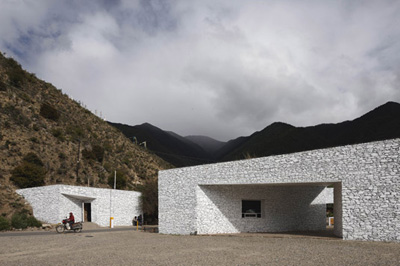
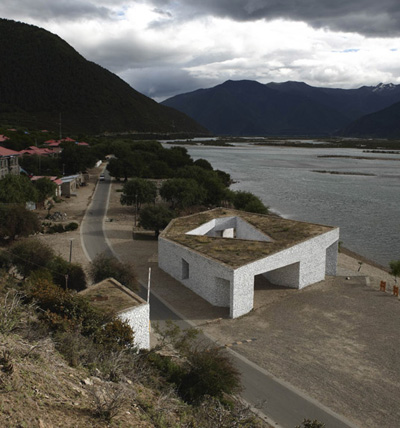
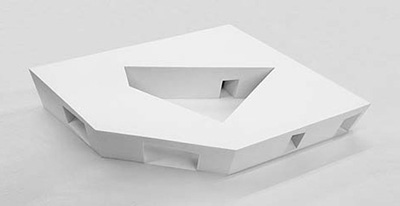
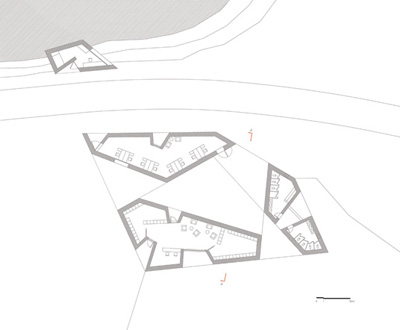
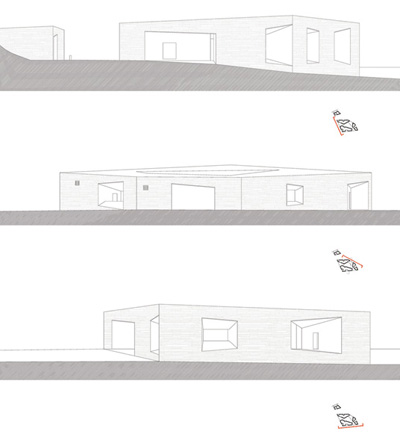
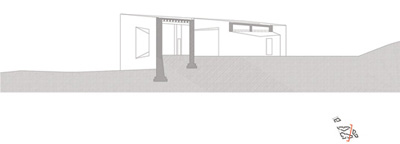
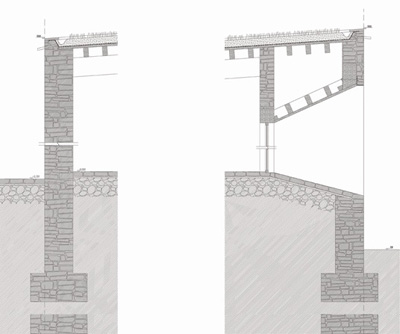
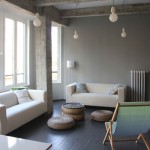
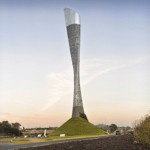
One Comment
One Ping
Pingback:Standardarchitecture Designs a Tibet Visitors Centre